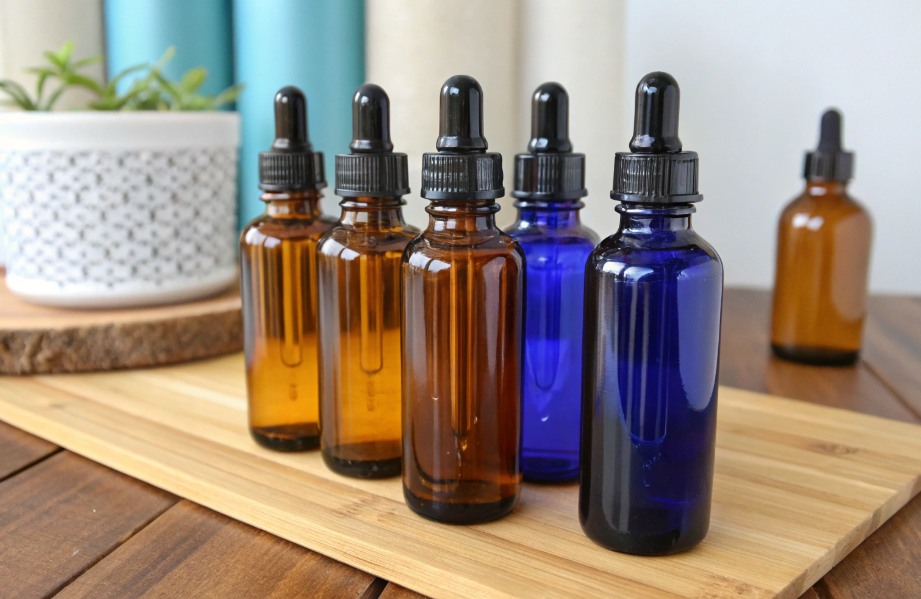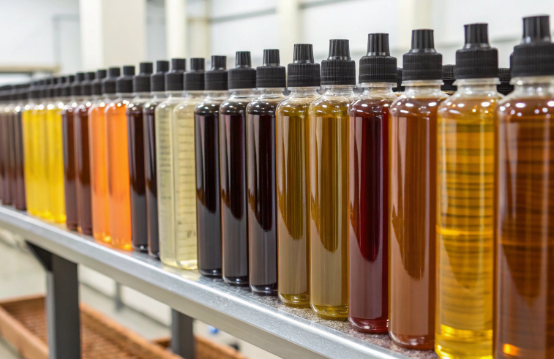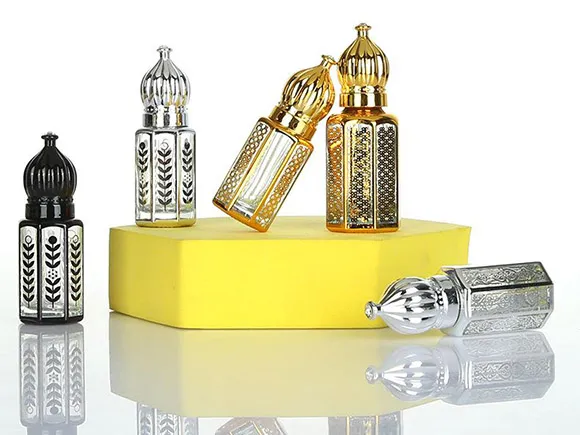Used engine oil containers are notoriously messy. They’re greasy, smelly, and nearly impossible to clean if you don’t know the right approach—especially when preparing them for recycling or reuse.
To clean engine oil containers, empty all residue, wipe the interior, use a degreasing solution, scrub thoroughly, rinse with hot water, and allow to air dry completely.
If you’re in the business of automotive fluids, sustainable packaging, or repurposing industrial containers, proper cleaning isn’t optional—it’s critical for safety, environmental compliance, and container reuse.
How to clean oil storage containers?
When engine oil clings to the sides of plastic or metal containers, it can leave behind dangerous residues. For businesses or garages storing large volumes, one dirty container can affect the entire batch.
Drain all oil, scrub with a degreaser or dish soap, rinse with hot water, and let air dry in a ventilated area.
Here’s a step-by-step breakdown for oil storage units—whether 1-liter plastic jugs or 50L drums:
Industrial-Grade Cleaning Method
| Step | Action | Notes |
|---|---|---|
| 1 | Empty container completely | Tilt to drain all residual oil |
| 2 | Wipe with rags or paper towels | Remove thick grease |
| 3 | Add degreaser or citrus-based soap | Fill to 1/4 capacity with hot water |
| 4 | Shake or scrub inside | Use bottle brush or sponge with handle |
| 5 | Rinse thoroughly with hot water | Repeat until no oily film remains |
| 6 | Let dry upside down | Use well-ventilated, dust-free area |
Note: For industrial use, many companies utilize steam or pressure washers—especially in bulk cleaning operations.
At PauPack, we don’t specialize in oil packaging, but we’ve helped clients switch from single-use oil containers to refillable PET and HDPE solutions. Cleaning plays a huge role in making that switch sustainable and safe.
How to wash an oil container?
Washing may sound like an everyday task—but oil containers demand more care. One mistake, and you’re left with permanent stains, slippery hands, or chemical cross-contamination.
Use an oil-specific degreaser, warm water, and scrubbing tools to safely wash the container’s interior and exterior.
Let’s talk tools:
Recommended Cleaning Tools
| Tool | Use |
|---|---|
| Degreasing detergent | Breaks down petroleum film |
| Long-handle brush | Reaches container base |
| Microfiber cloth | Absorbs oil residue from outer surface |
| Rubber gloves | Protects skin from oil and solvents |
Washing is especially important before repurposing. We’ve worked with clients who rebranded bulk oil containers for cosmetic storage—but only after ensuring zero residue remained inside.
How to clean oil out of a container?
Residual oil is sticky and stubborn. Even a small amount left behind can ruin new contents, attract dirt, or create hazardous storage conditions.
Remove oil using absorbent materials, flush with hot water and degreaser, scrub all contact points, then rinse and dry.
There are two cleaning paths depending on container type:
Cleaning Plastic vs. Metal Containers
| Container | Cleaning Tip |
|---|---|
| Plastic | Avoid solvents that might degrade the polymer |
| Metal | Use steam or high-temperature degreasers for deep cleaning |
Plastic can hold onto oil in micro-scratches—so avoid abrasive scrubbers that can worsen the issue. Instead, use soft brushes and chemical cleaners suited for polymers.
If you’re repurposing these containers in non-automotive industries, such as sustainable packaging or bulk chemical delivery, full decontamination is crucial. PauPack supports clients in this area through material guidance and safe cleaning protocols.
How do you get oil stains out of storage containers?
Even after thorough washing, oil stains often remain as dark patches—especially on plastic. These stains aren’t just cosmetic—they can affect future contents and create unwanted odors.
Use baking soda or vinegar paste, let sit, scrub gently, and rinse with hot water. Repeat for persistent stains.
For commercial or industrial clients, here’s a deeper look:
DIY vs. Industrial Methods
| Method | Ideal For | Pros | Cons |
|---|---|---|---|
| Vinegar + Baking Soda Paste | Light stains | Non-toxic, cheap | May need multiple tries |
| Citrus Solvents | Medium stains | Effective, fast | Costlier |
| Steam Cleaning | Bulk use | Industrial-level clean | Equipment needed |
| Ultrasonic Cleaners | Small parts | Thorough, gentle | Best for precision tools |
At PauPack, we work with eco-conscious brands that often repurpose containers or switch from conventional oil bottles to biodegradable ones. Cleaning plays a major role in validating that transition.
Conclusion
Cleaning engine oil containers isn’t just about looks—it’s about safety, reuse, and environmental care. With the right tools and techniques, you can restore containers to a usable state or prepare them for responsible recycling.













